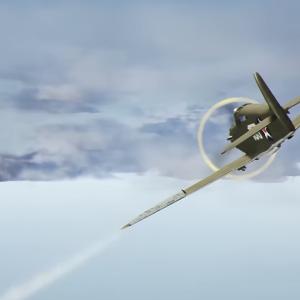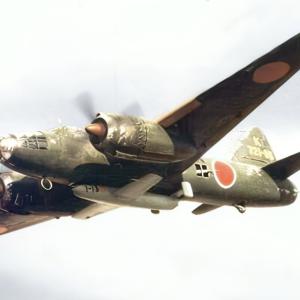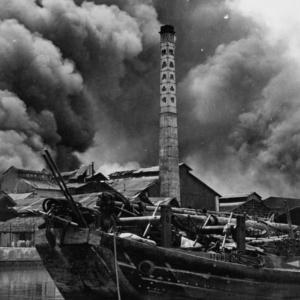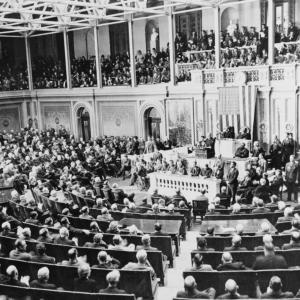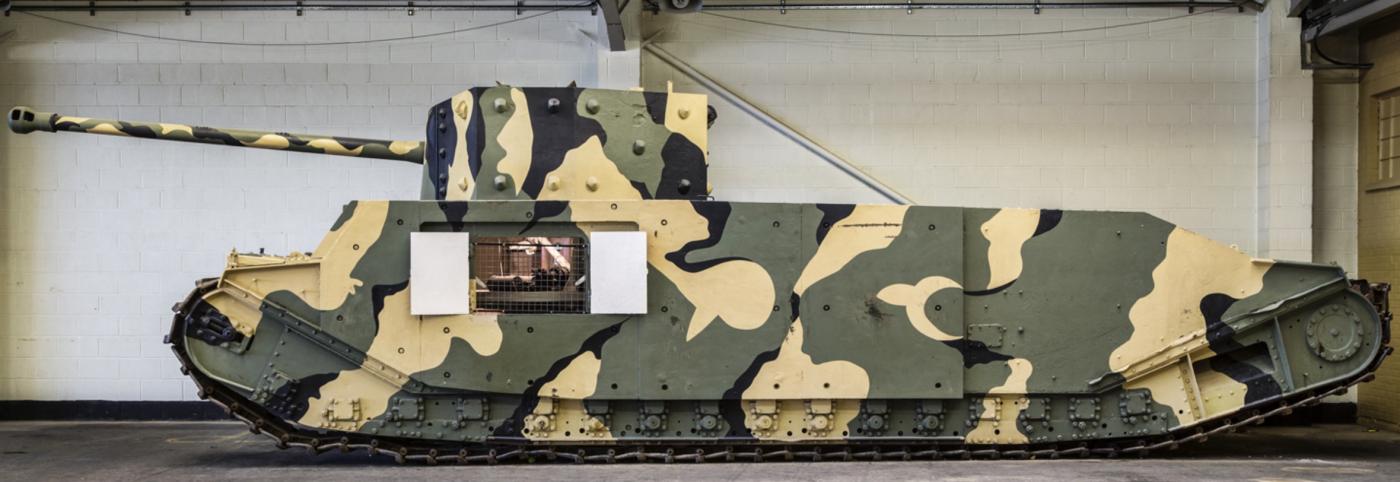
Tog Tank 11
In the early months of the Second World War, British military planners faced an uncomfortable thought: what if the new conflict bogged down into the same kind of static trench warfare that had choked the Western Front in 1914? To guard against that possibility, the War Office commissioned a new kind of heavy tank—something vast, unstoppable, and able to cross the shell-cratered landscapes and deep trenches of a future battlefield.
The project went to a group of veteran engineers from the First World War tank program. They called themselves “The Old Gang”, a nickname shortened to TOG, and the machine they produced would become one of the largest tanks Britain ever built.
The TOG 2 was a monster in every sense. Measuring more than 33 feet in length and weighing around 80 tons, it looked more like a rolling fortress than a battlefield tank. Armour protection reached up to 76 millimetres—thick enough to resist many enemy anti-tank weapons of the day. A crew of six manned its compartments, with the commander, gunner, loader, driver, co-driver, and hull machine-gunner each isolated in their own stations along the tank’s cavernous interior.
Its main weapon was a 17-pounder gun, one of the most powerful British anti-tank guns of the war, mounted in a turret borrowed from a Churchill tank. Multiple Besa machine guns bristled from the hull for close defence. The tracks ran the full length of the hull, allowing it to cross wide trenches and climb obstacles up to four feet high. It was a design rooted in First World War logic—built to crush through static defences and advance steadily over ruined ground.
Underneath the armour, the TOG 2 used an ambitious diesel-electric transmission developed by Paxman and Ricardo. The idea was to provide smooth power delivery to such a massive vehicle, but the result was slow—painfully slow. On a good day, the tank could manage about 8 miles per hour, hardly quick enough for the fast-moving campaigns of 1940s Europe.
The TOG 2 was not the first of its kind. An earlier version, the TOG 1, had been completed in 1940 but suffered from severe mechanical troubles and an underwhelming armament. The TOG 2, finished in 1941, was an improvement, and a slightly refined variant known as TOG 2* followed in 1943. But each iteration was already chasing a battlefield that no longer existed.
By the time the TOG 2 prototype was ready for serious trials, the nature of the war had changed. German blitzkrieg tactics favoured speed, mobility, and combined-arms manoeuvres. Britain’s own armoured forces were fielding faster, more practical tanks like the Churchill and the American-built Sherman. The days of trench-crossing behemoths were over.
The War Office quietly shelved the project. Only a single TOG 2 prototype was ever built, and it never saw combat. Today, that lone machine survives at the Tank Museum in Bovington, where it looms over visitors as a reminder of a different kind of armoured warfare—one that never came to pass.

